LET'S TAKE A LOOK AT THE POMEGRANATE TREE IN JUNE
The pomegranate tree in my yard looked great in June.
The branches were covered by dense green foliage and decorated with a multitude of vivid red flowers.
Insects and spiders were also there, so I had plenty to explore with my macro lens.
This photograph shows how the leaves and flowers create an attractive pattern made of two complementary colors.
Here you can see the Gonepteryx rhamni, a lovely butterfly from the Pieridae family, feeding on one of the flowers near the top of the tree.
This shot shows a few more flowers from that high area.
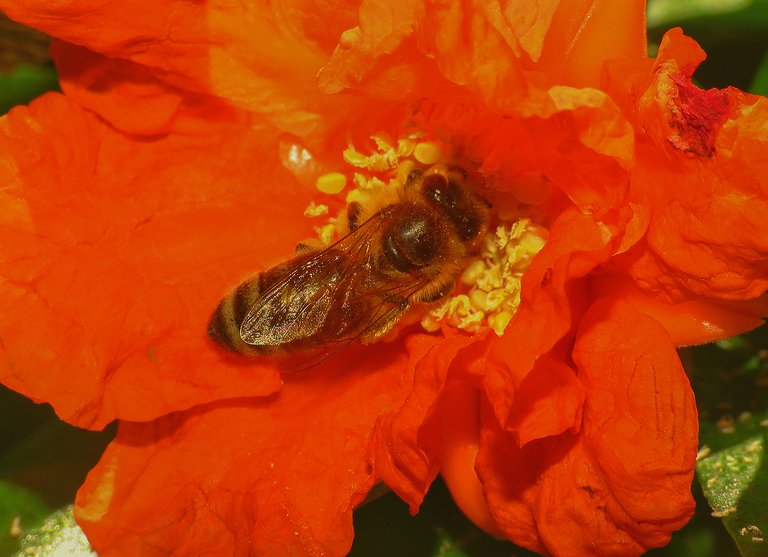
The bees were mostly buzzing around the lower branches.
On one occasion, in mid-June ...
... late in the afternoon, I came across an interesting scene involving a crab spider, a European honey bee, and ...
... and a group of small flies.
The spider has caught one of the bees that were busy buzzing around the nectar-rich pomegranate flowers ...
... and the flies have found the way to take advantage of the situation.
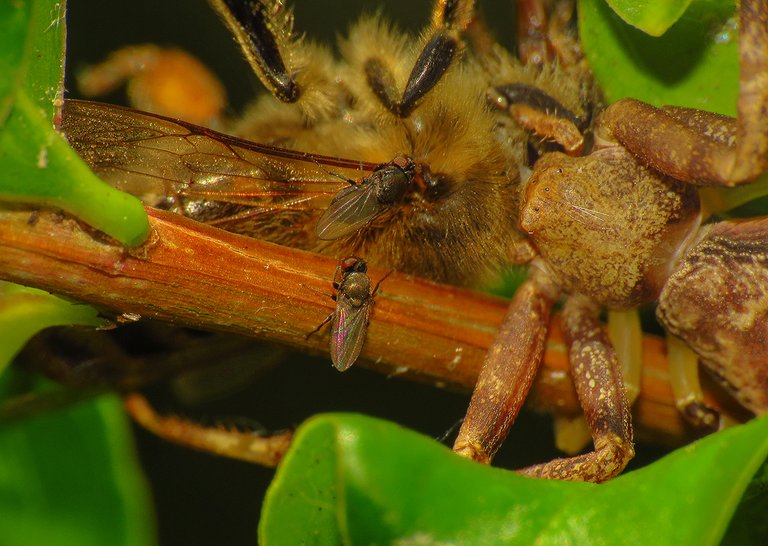
These flies belong to the Milichiidae family.
The scientific name of the species is Desmometopa sordida.
These flies often feed on the carcasses of insects caught by spiders while the spiders are consuming their prey. They don't care about discarded carcasses. This behaviour probably has something to do with the way spiders use digestive fluids to dissolve parts of the prey before ingesting the liquefied food, which makes a meal ideal for the fly's mouthparts as well.
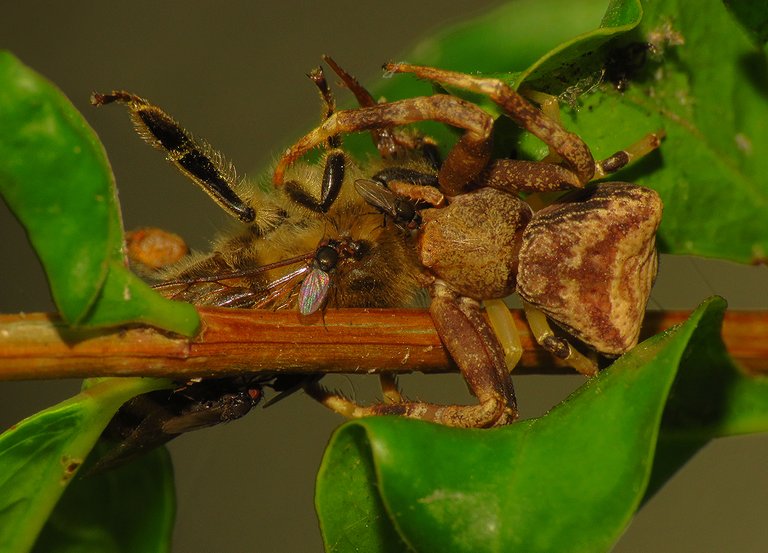
Not only does the spider shown here not seem bothered by their presence, but ...
... but I read that spiders have been observed patiently exposing their fangs after feeding for the flies to clean them.
This shot shows a Desmometopa sordida that just arrived from somewhere, watching the scene from the nearby leaf before joining the feeding frenzy.
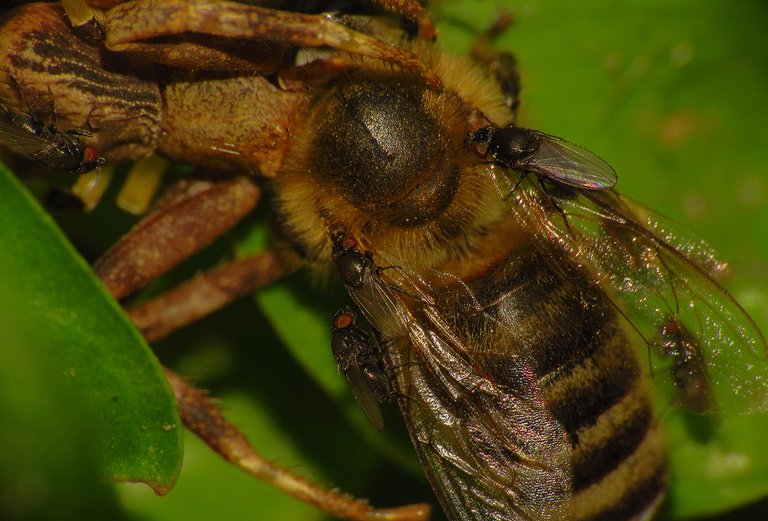
Here you can see a photograph taken a second or two later, and from a different angle.
I had to use the flash most of the time to make all the tiny details in the scene visible, but ...
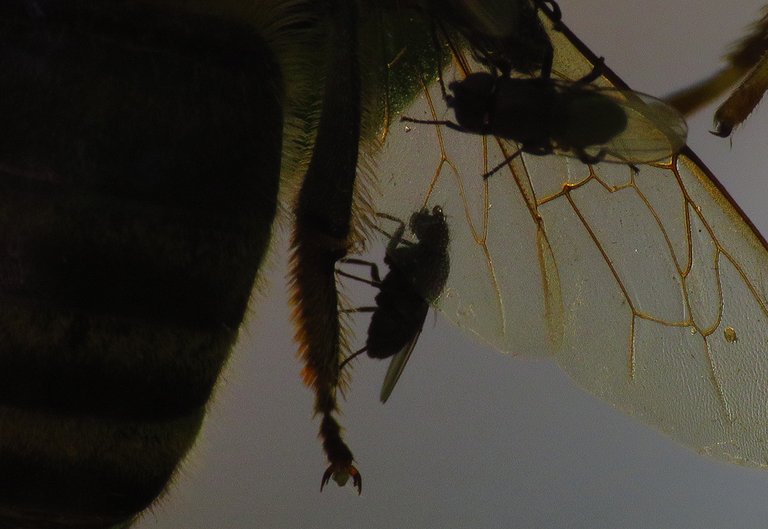
... but some things looked much better in ambient light ...
... so I took the time to catch a few silhouettes as well.
The scientific name of the spider shown in these photographs is Pistius truncatus. The family is Thomisidae. All the crab spiders belong to that family.
I have a pretty unique experience with Pistius truncatus. This is one of those common, widespread species that I never saw anywhere except in my yard, where I encounter it regurarely, every summer.
The scientific name of the European honey bee is Apis mellifera.
Here you can see a few more lovely flowers, for a change.
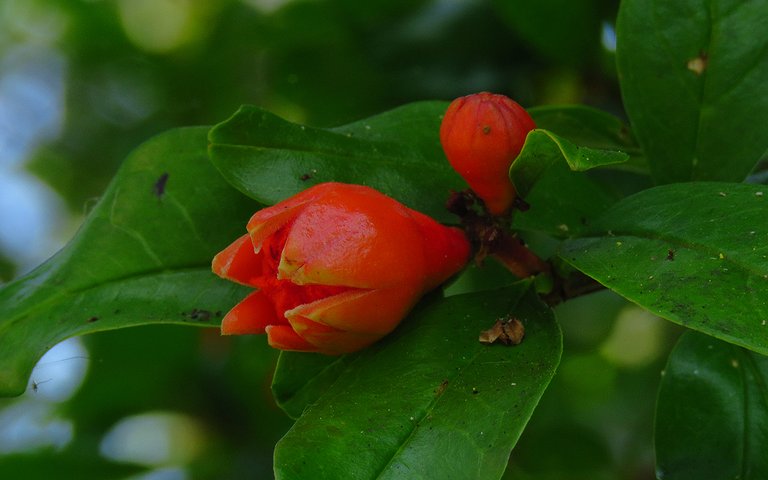
This photograph shows a flower bud that will soon spread the juicy red petals.
The tiny insects shown in this photograph looked like white powder or some kind of white mold from a distance. This is an extreme macro.
The scientific name of this species, commonly known as the greenhouse whitefly, is Trialeurodes vaporariorum. The family is Aleyrodidae. If you explore all the details in these two photographs, you may notice a few tiny green aphids in the scene. Those are the pomegranate aphids - Aphis punicae. Both insects feed on the sap of the plant.
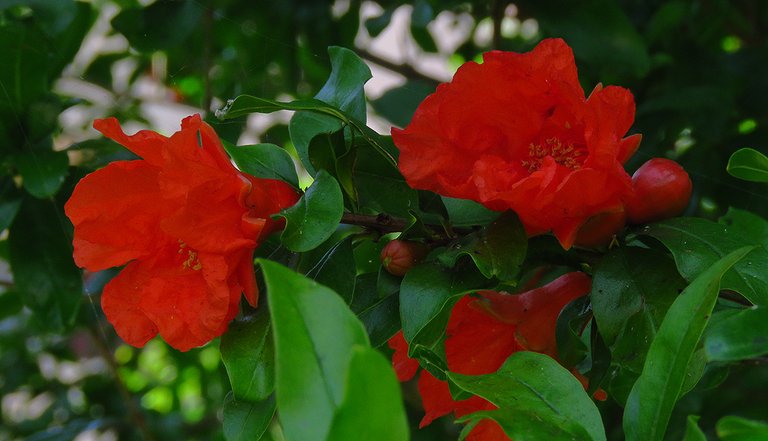
In the following photograph ...
... you can see a small group of tiny insects of a different kind. The biggest of them have wings, the other are wingless, but they all belong to the same species - Ectopsocus briggsi. The wingless ones are immature nymphs. Ectopsocus briggsi is a barklouse from the Ectopsocidae family. Males always have fully developed wings, longer than the abdomen, while females can be winged or brachypterous. Brachypterous means that their wings are too reduced to be functional. These extremely small insects didn't look very good in photographs when illuminated with the flash, while without the flash, I couldn't take a sharp photograph at all. That's why ...
... I had no choice but to introduce them in a series of lousy pictures in this post. The pun was totally planned and intended - I love cheap puns. In the tetraptych above, you can see a brachypterous female surrounded by nymphs. These barklice feed on fungal spores and various microflora on the surface of the leaves.
In the following photograph ...
... you can see another, slightly bigger, more robust barklouse from the Stenopsocidae family. This is the Graphopsocus cruciatus, probably a sixth instar nymph that will soon become an adult.
Here you can see the Graphopsocus cruciatus nymph, sharp in the lower part of the picture, and a winged Ectopsocus briggsi adult, slightly blurred near the upper edge of the shot.
The presence of those tiny insects scaterred across the foliage of the lower branches meant plenty of food ...
... for lady beetles and their larvae. Here you can see an adult Harmonia axyridis lady beetle standing next to a larva and cleaning its forelegs.
Harmonia axyridis, commonly known as the Asian lady beetle, is an invasive species native to eastern Asia. In this set of four photographs, you can see the adult beetle eating the empty larval exoskeleton next to the larva and biting the larva itself. It looks like the larva is dead.
Cannibalism in this species isn't unusual. It is more frequent among the larvae, especially if the food is scarce, but adults can eat the larvae as well, sometimes.
Here you can see another larva of the same species, this time positively alive, resting on a leaf of another branch.
These two shots show a pupa that, if everything goes well, will develop into an adult Harmonia axyridis beetle.
Here you can see another example of cannibalism in the same species. The larva is eating the pupa, which can't move.
In the following two shots presented in a single picture ...
... an empty pupal exoskeleton. The adult Harmonia axyridis has already left, probably a few days ago.
Here you can see a Harmonia axyridis that came out of the pupal exoskeleton very recently. Maybe only a few minutes ago.
The beetle is still soft and pale, with no traces of spots and markings that will appear later.
Harmonia axyridis, shown in these two shots, is also an adult newcomer, but this one is closer to its final version with pronounced spots and markings.
Here you can see another portrait of the larva.
This is the larva of a different species, the Adalia decempunctata.
In the following photograph ...
... you can see an adult Adalia decempunctata that just came out of the pupal exoskeleton.
The soft, pale beetle lacks the dots and markings.
This is the pupa.

This is an adult, completely formed Adalia decempunctata.
In the following photograph ...
... the Adalia decempunctata larva is posing on the flower. The scene was illuminated by the flash.
Here, the same scene is shown in ambient light.
These two shots show the same larva on the same flower from two slightly different angles.
This is the larval stage of Propylea quatuordecimpunctata, yet another species from the Coccinellidae family. All lady beetles belong to that family.
When it comes to this species, I haven't seen any adult beetles running around ...
... so I can show you only the larva.
In this photograph, the Propylea quatuordecimpunctata larva is feeding on tiny barklice nymphs.
In this shot, the focus is on the upper part of the tree on a sunny summer day.
Here you can see the entire tree and a bit of its surroundings.
This is the Deraeocoris flavilinea, a bug from the Miridae family.
Here you can see a spider from the Philodromidae family ...
... with the prey in its fangs. The prey is a small bug from the Miridae family, but I can't tell you what species exactly.
When it comes to the spider, the scientific name of the species is Philodromus lunatus.
In my experience, Philodromus lunatus is a pretty rare spider here in my area. I saw it only a few times so far.
Here you can see a group of lovely flowerbuds.
The flowers in this photograph are completely developed. They are in their prime. Well, all except one. The star-like thing in the upper part of the picture is a flower that has lost its petals and is slowly developing into a fruit.
Here you can see that kind of developing ovary that has lost the petals from a different angle. On one of these ...
... I photographed a small beetle from the Scraptiidae family. The scientific name of the species is Anaspis flava.
Here you can see a fly resting on the upper surface of the leaf. This is the Calliphora vomitoria, a fly from the Calliphoridae family.
This is just another flower. In the following photograph ...
... I came a bit closer to that same flower.
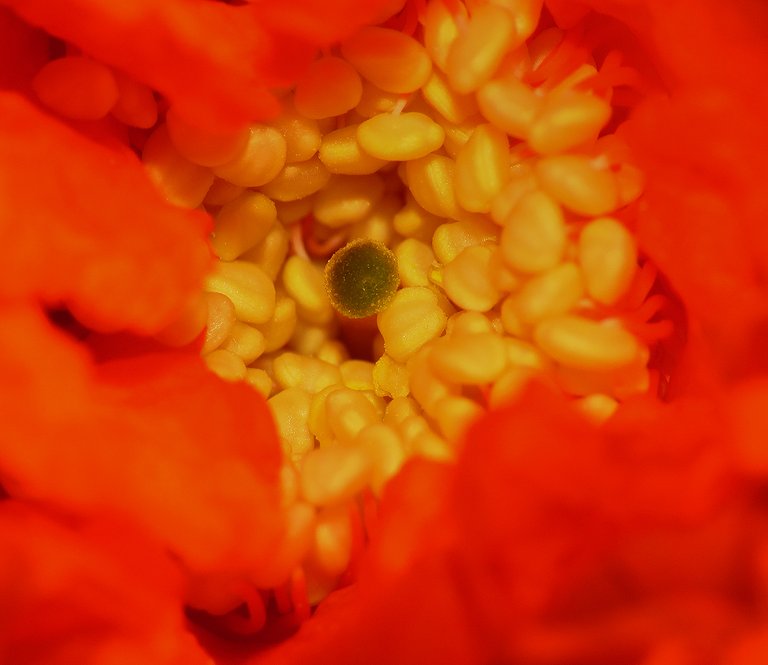
Here, I used the macro lens to allow you a good look at the structure in its center.
This shot shows a bee feeding on another flower.
Here you can see a small predatory bug from the Miridae family.
Campyloneura virgula hunts tiny insects and mites. Aphids, barklice, and whiteflies shown in this post are among its ordinary prey.
There isn't much I can say about this shot - just another flower and a couple of flower buds near it.
In June, the European earwigs can be seen resting among the red petals. At the end of the summer and in autumn, you can find them inside the ripe fruits. The scientific name of the species is Forficula auricularia.
This photograph shows a small snail resting on the leaf of one of the branches, very low on the tree. This is the Xeroplexa intersecta, a species from the Geomitridae family.
And that's it. Hope you enjoyed what I presented in this post. As always, here on Hive, the photographs are my work.
The following links will take you to the sites with more information about the protagonists of today's post. I found some stuff about them there.
https://en.wikipedia.org/wiki/Pomegranate
https://en.wikipedia.org/wiki/Gonepteryx_rhamni
https://en.wikipedia.org/wiki/Milichiidae
https://www.inaturalist.org/taxa/1200512-Desmometopa-sordida
https://en.wikipedia.org/wiki/Pistius_truncatus
https://en.wikipedia.org/wiki/Western_honey_bee
https://www.inaturalist.org/taxa/409155-Trialeurodes-vaporariorum
https://influentialpoints.com/Gallery/Aphis_punicae_pomegranate_aphid.htm
https://www.inaturalist.org/taxa/270671-Ectopsocus-briggsi
https://www.naturespot.org/species/graphopsocus-cruciatus
https://en.wikipedia.org/wiki/Harmonia_axyridis
https://www.naturespot.org/species/10-spot-ladybird
https://en.wikipedia.org/wiki/Propylea_quatuordecimpunctata
https://www.naturespot.org/species/deraeocoris-flavilinea
https://www.inaturalist.org/taxa/789034-Philodromus-lunatus
https://www.biolib.cz/en/imagegalleryuser/id263997/
https://en.wikipedia.org/wiki/Calliphora_vomitoria
https://www.naturespot.org/species/campyloneura-virgula
https://en.wikipedia.org/wiki/Forficula_auricularia
https://en.wikipedia.org/wiki/Xeroplexa_intersecta
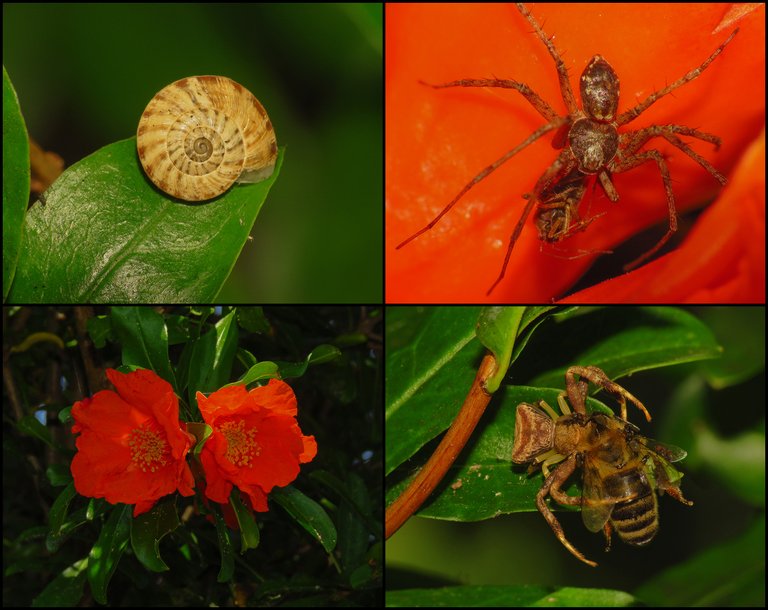
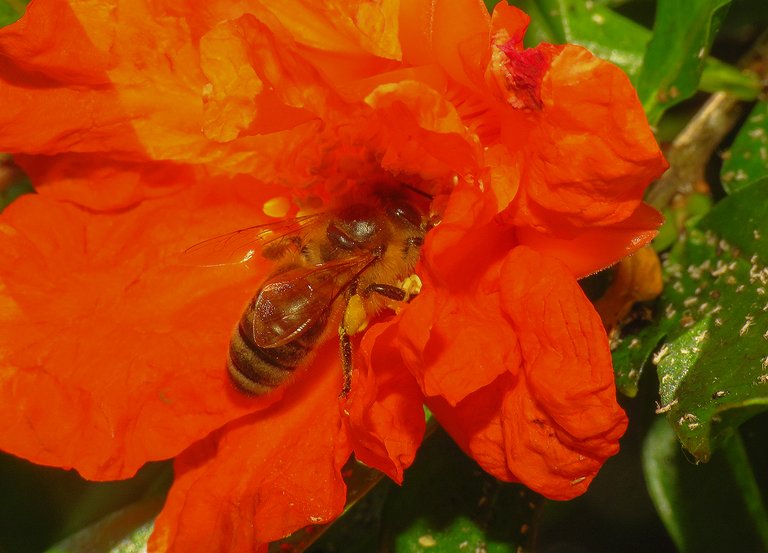
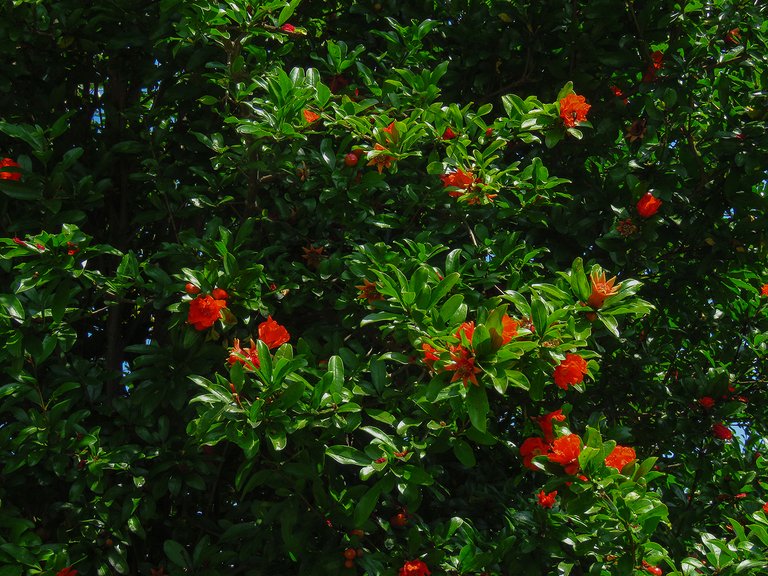


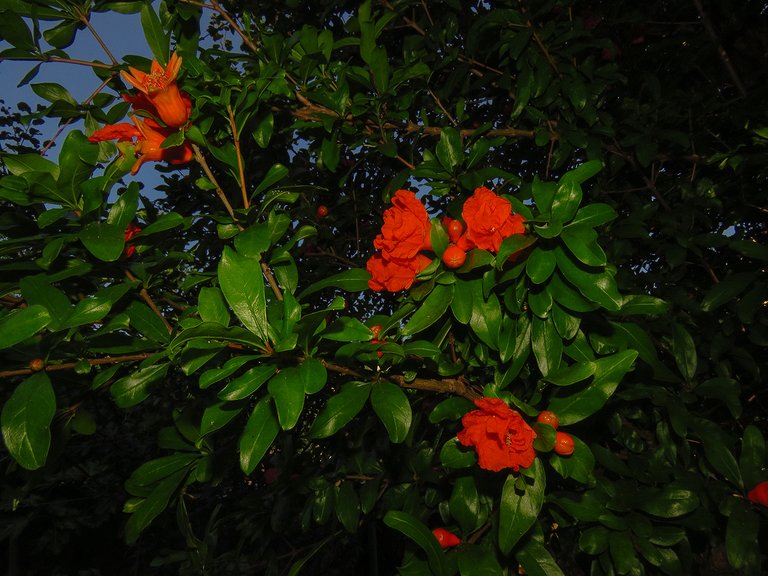
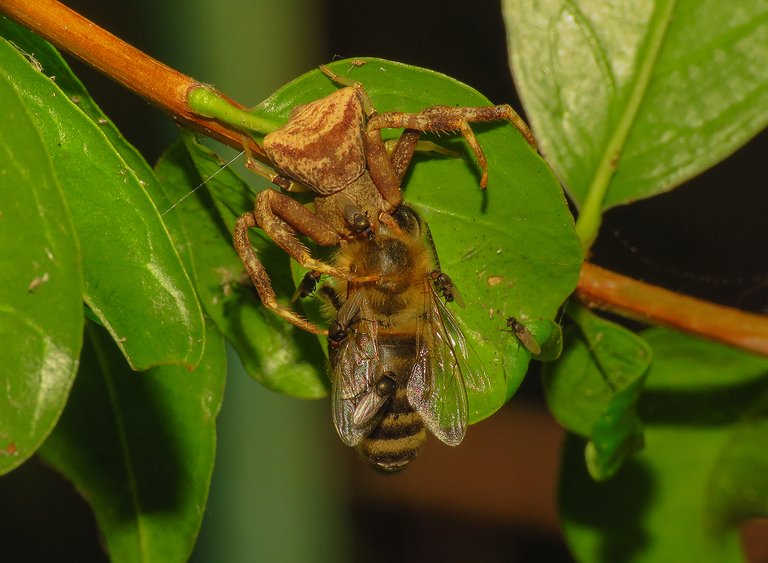

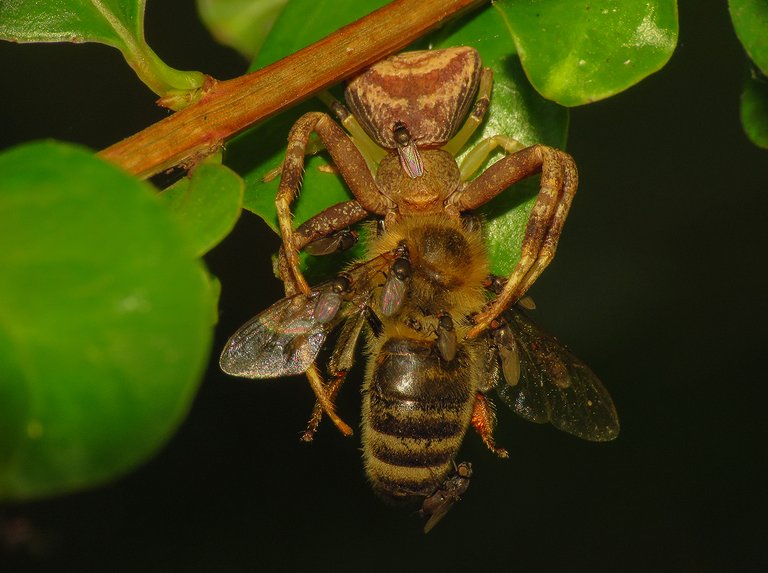
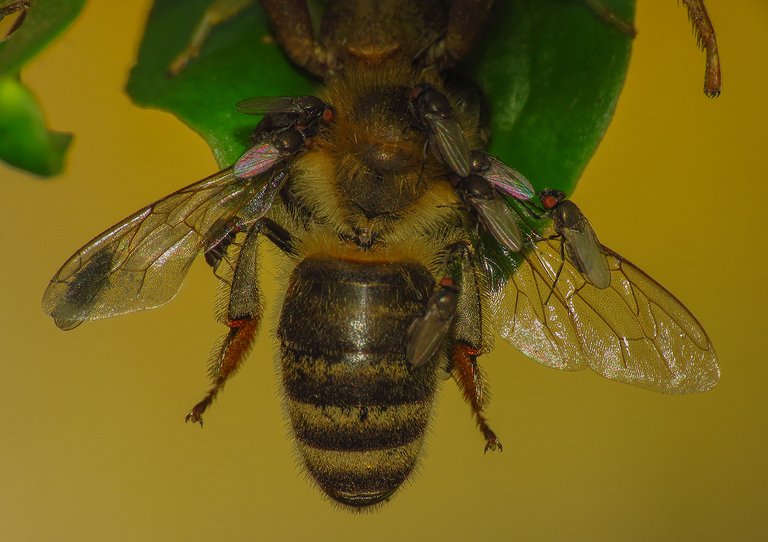
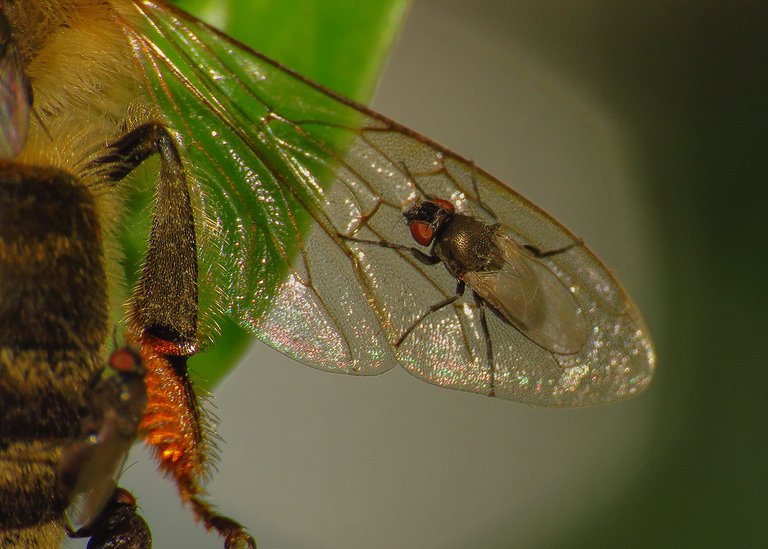
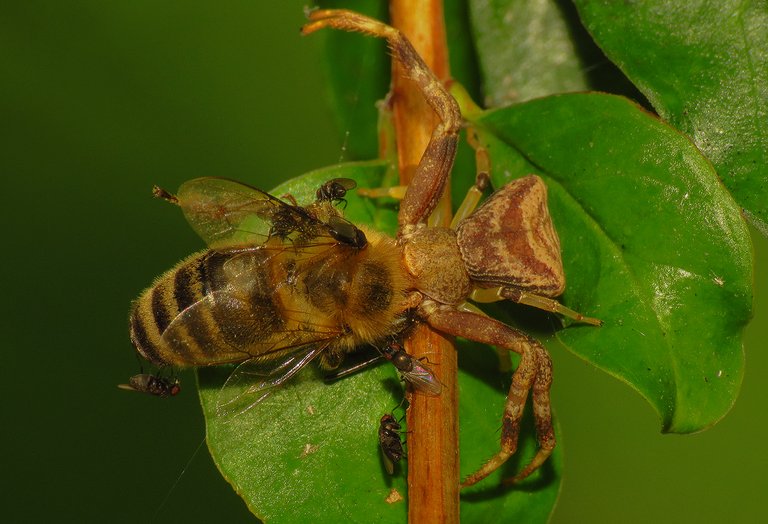
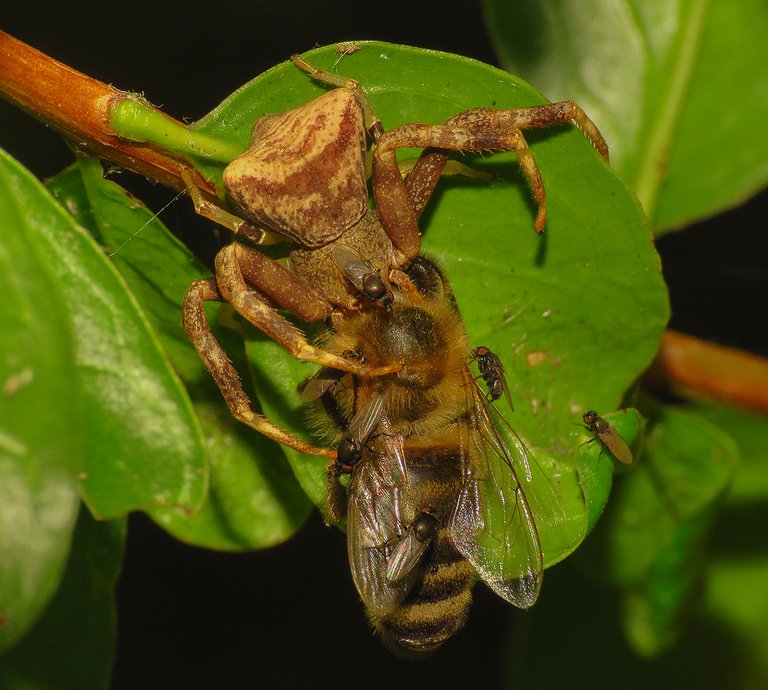
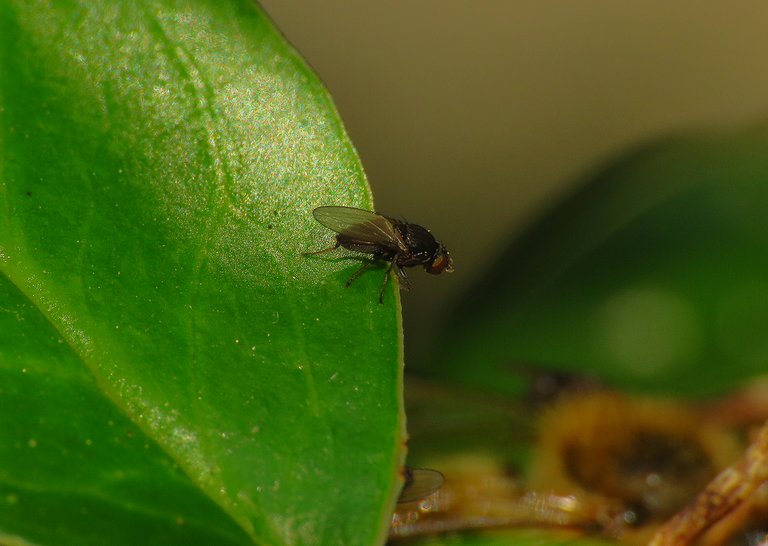
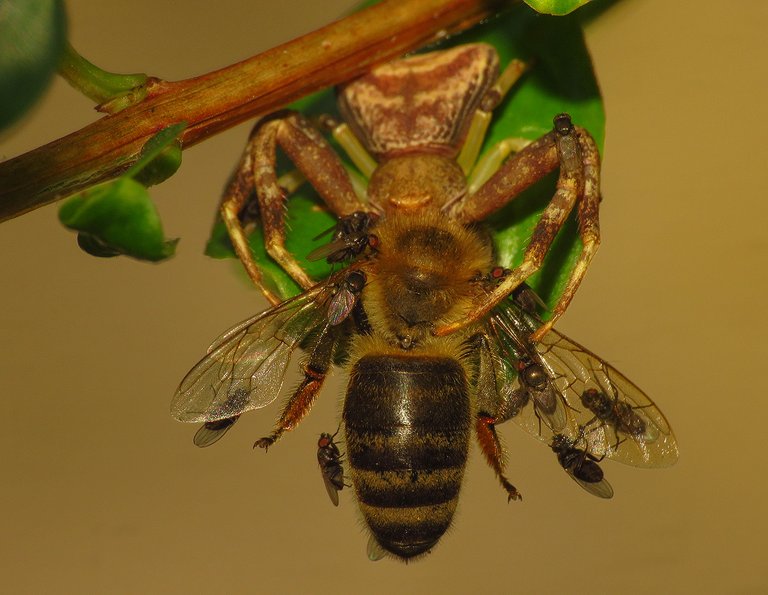
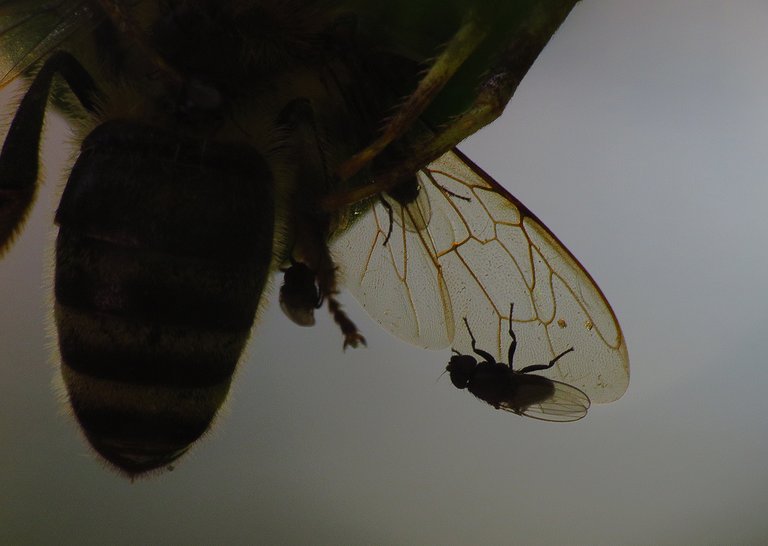
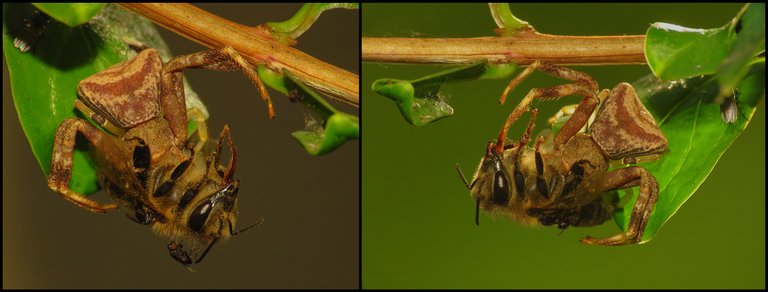
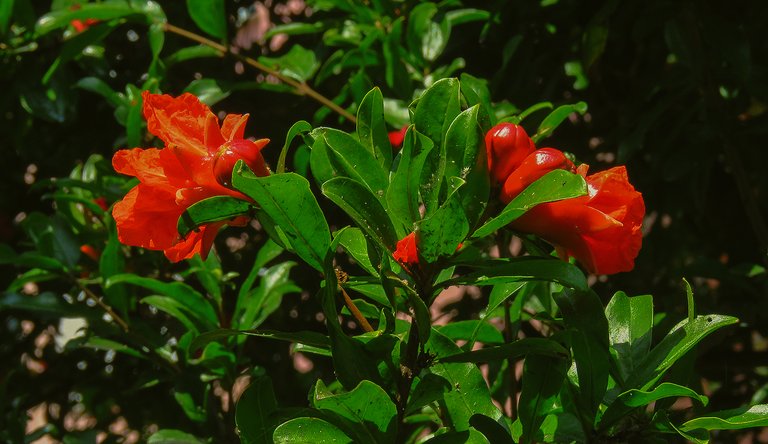
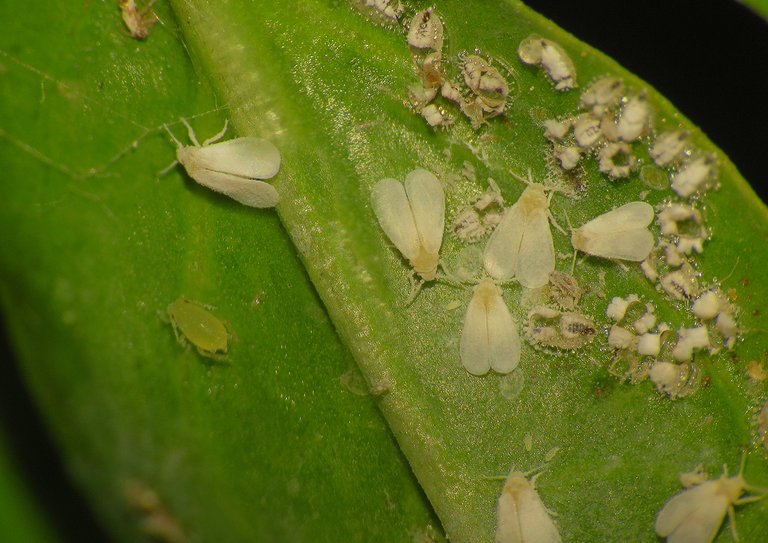
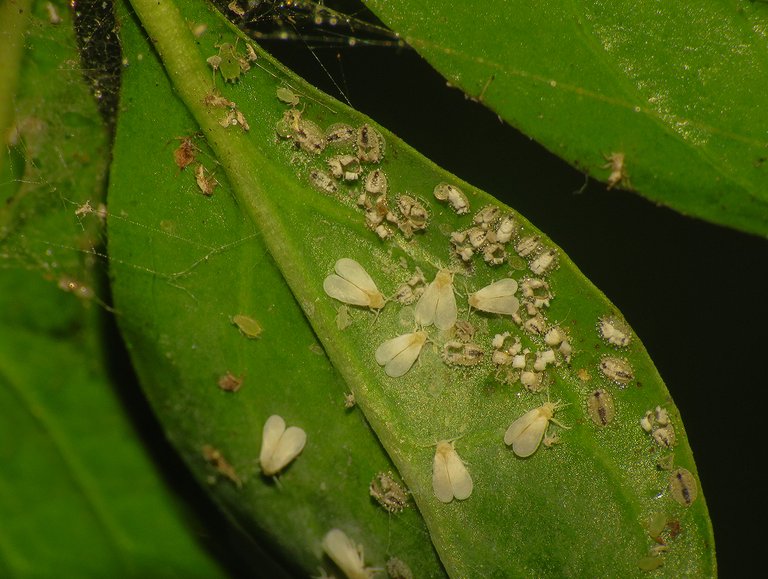
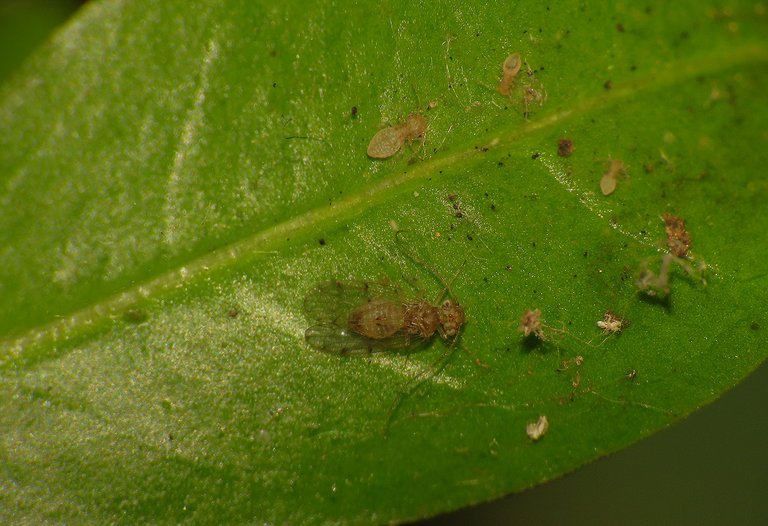

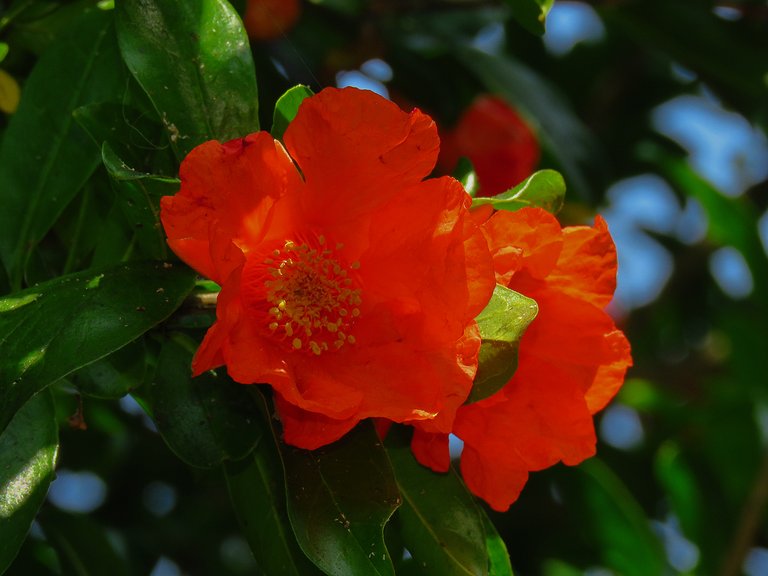
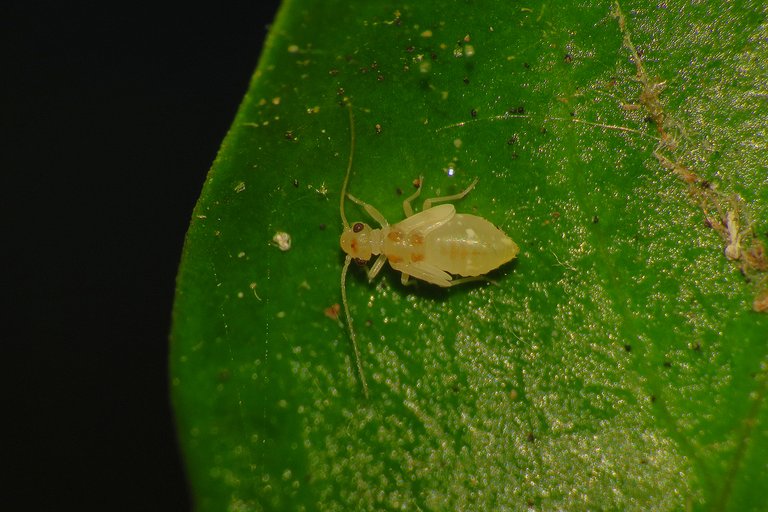

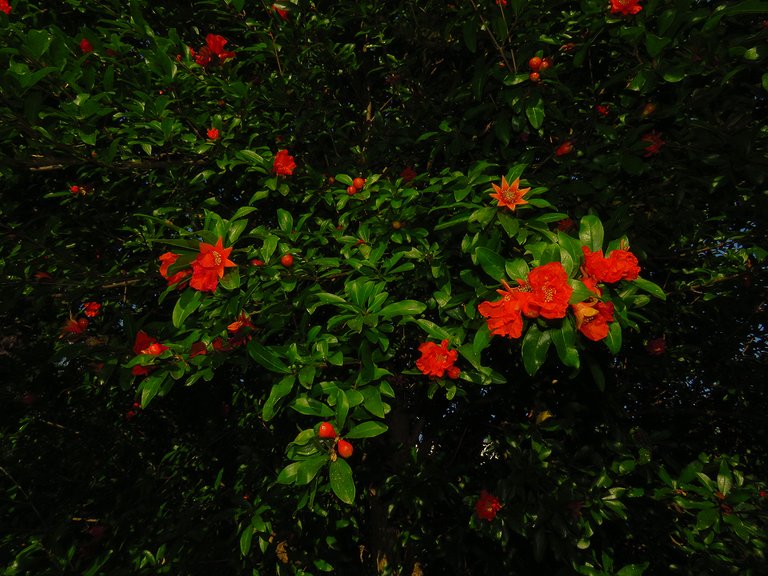
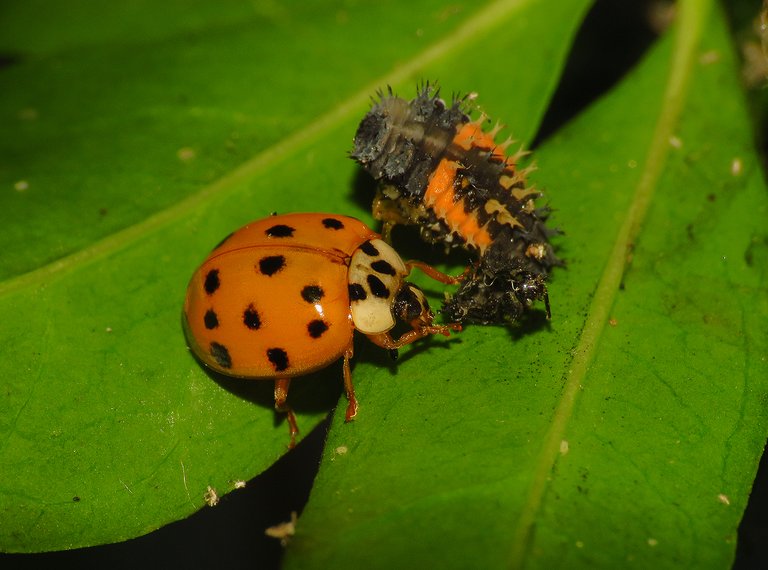
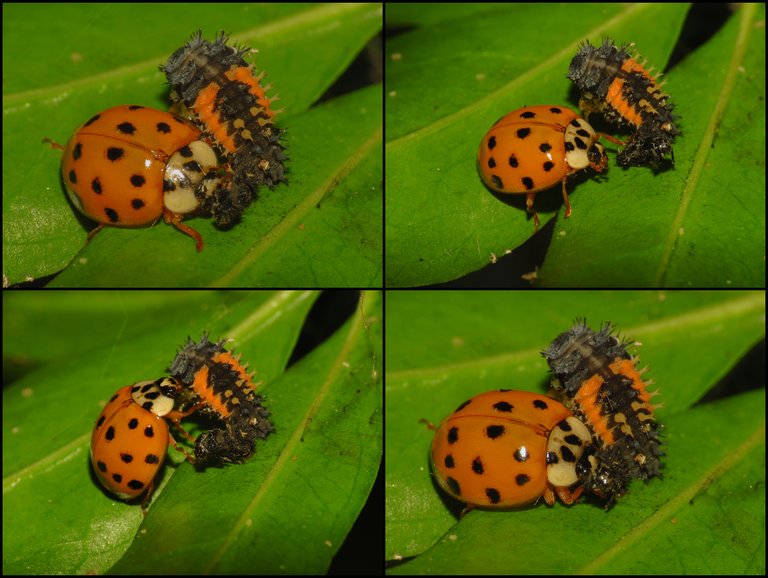
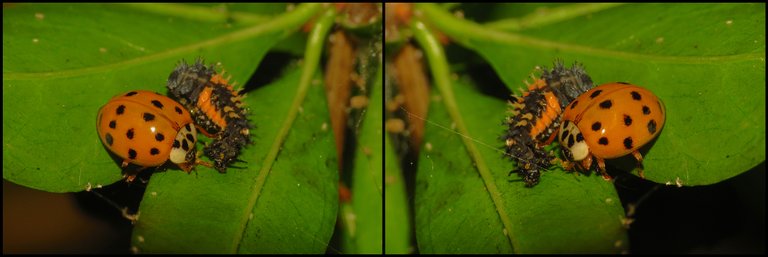
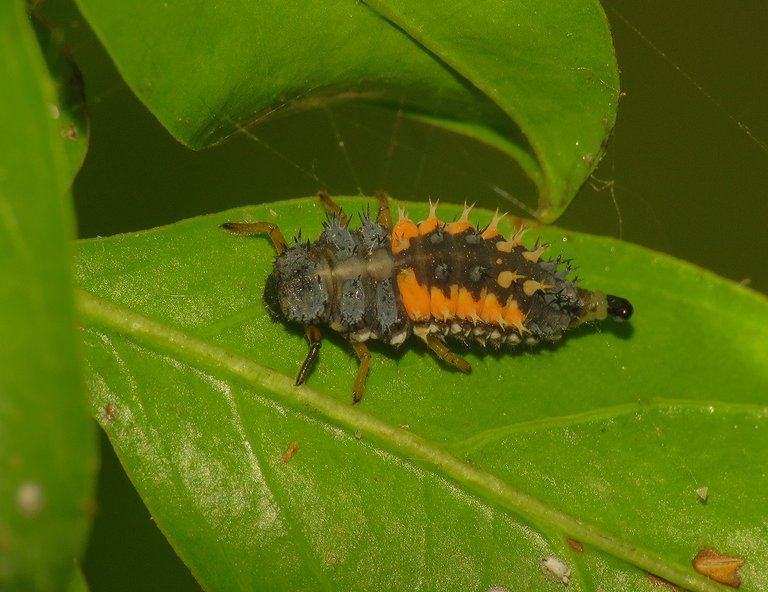
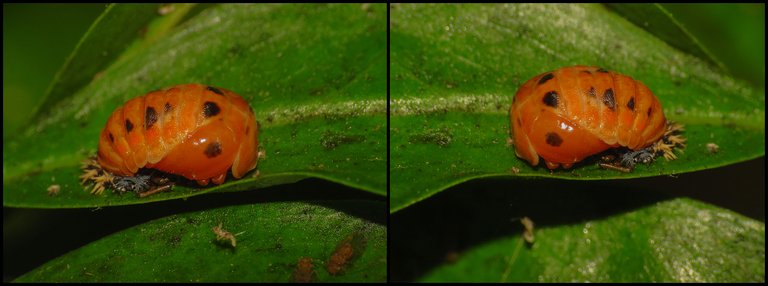
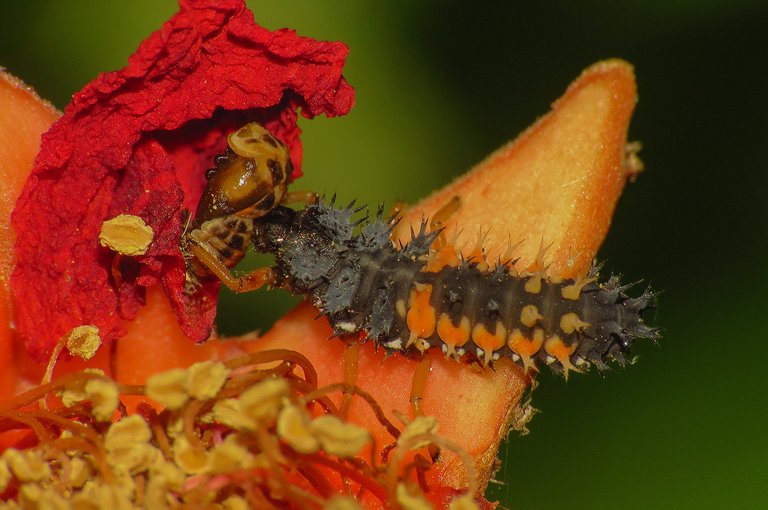
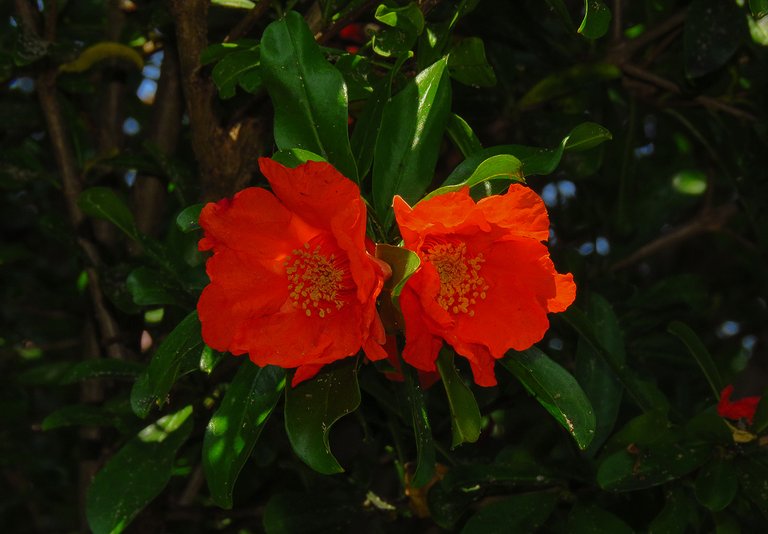
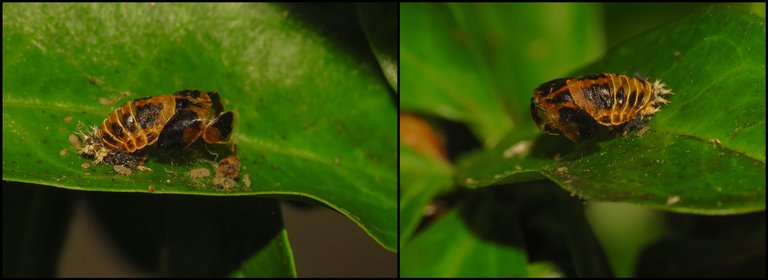
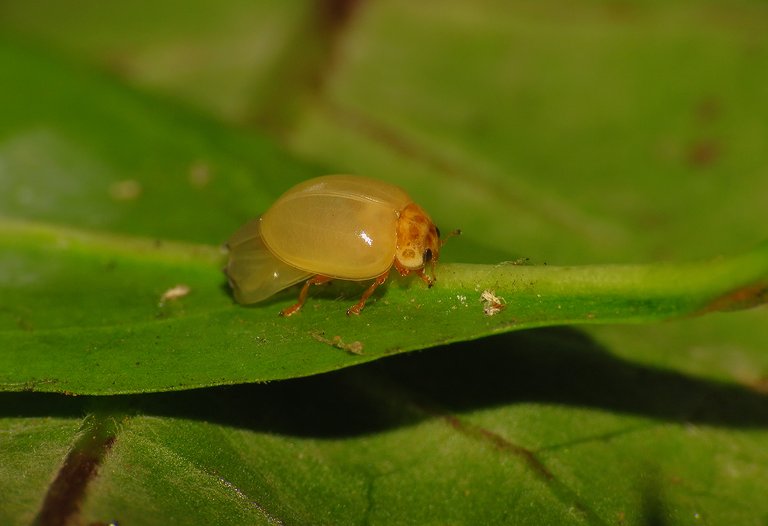
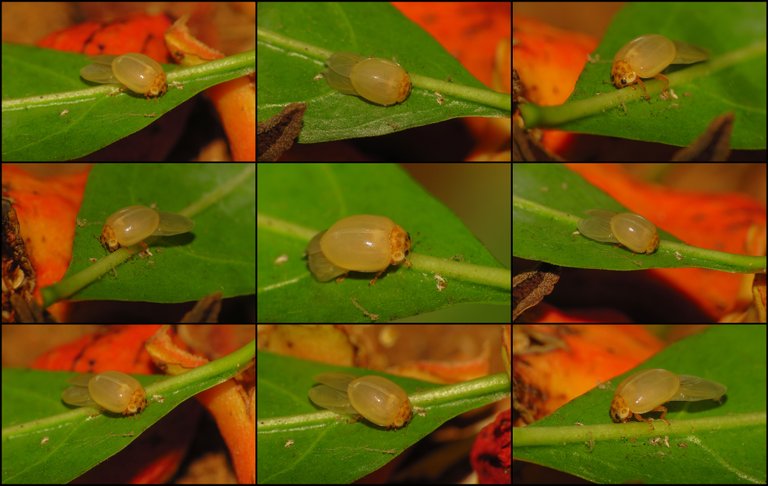
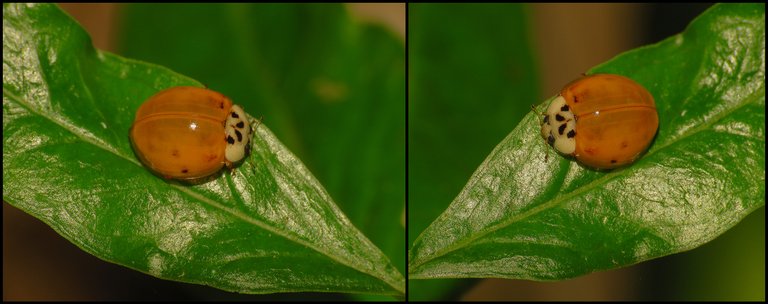
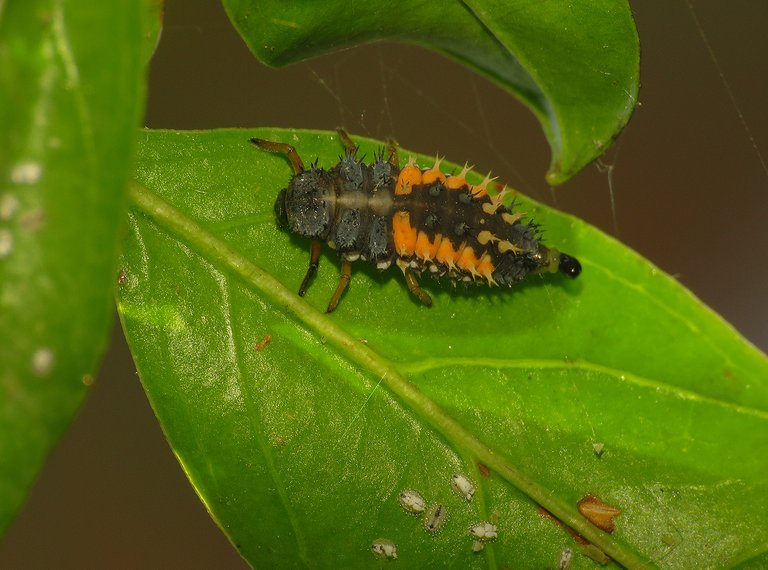
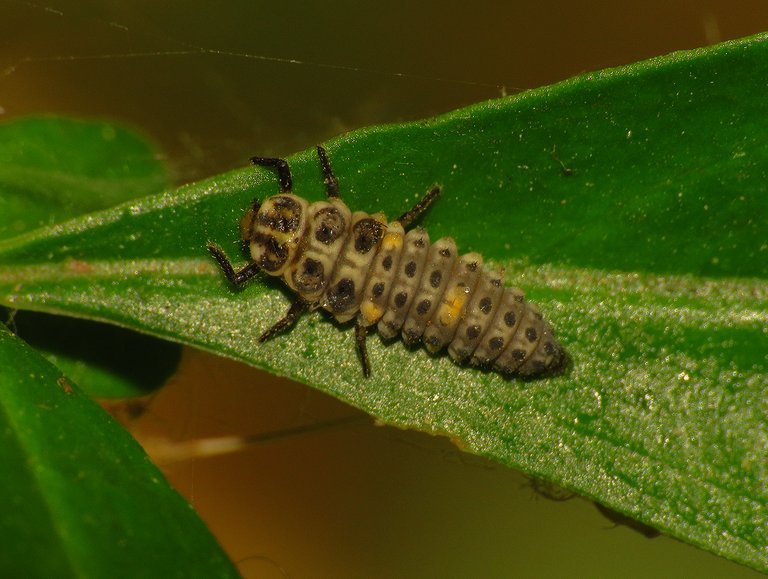
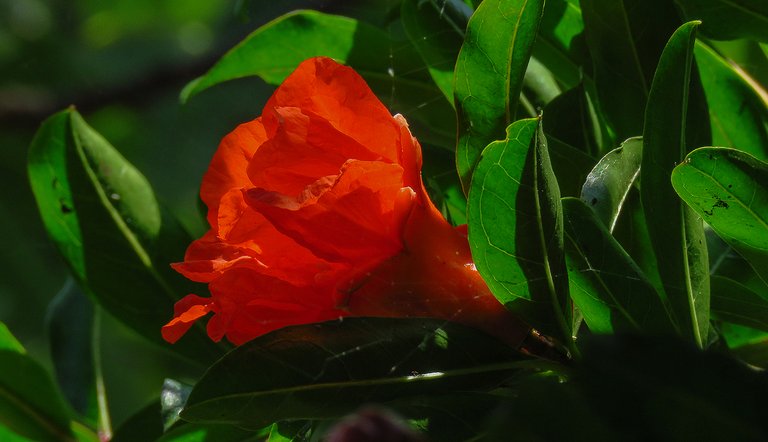


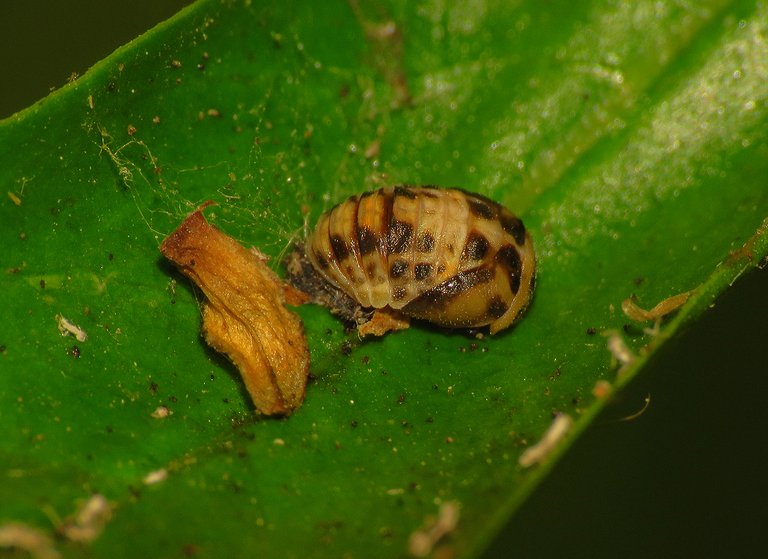

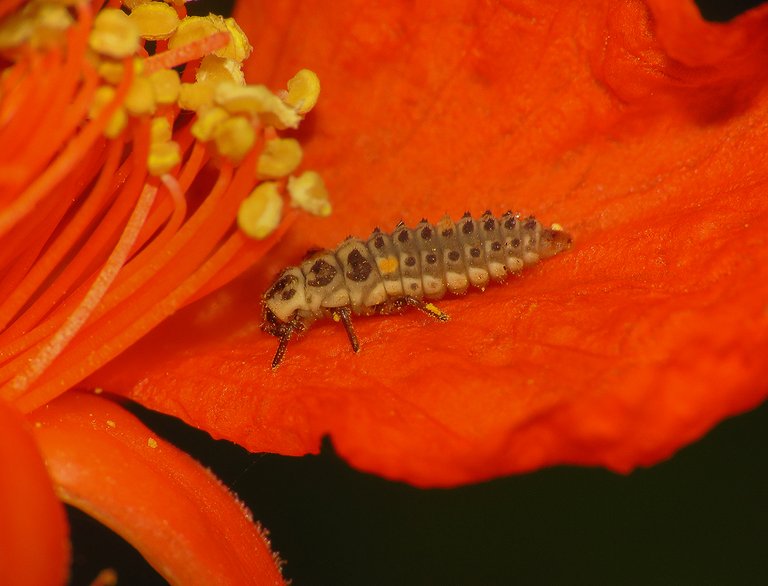
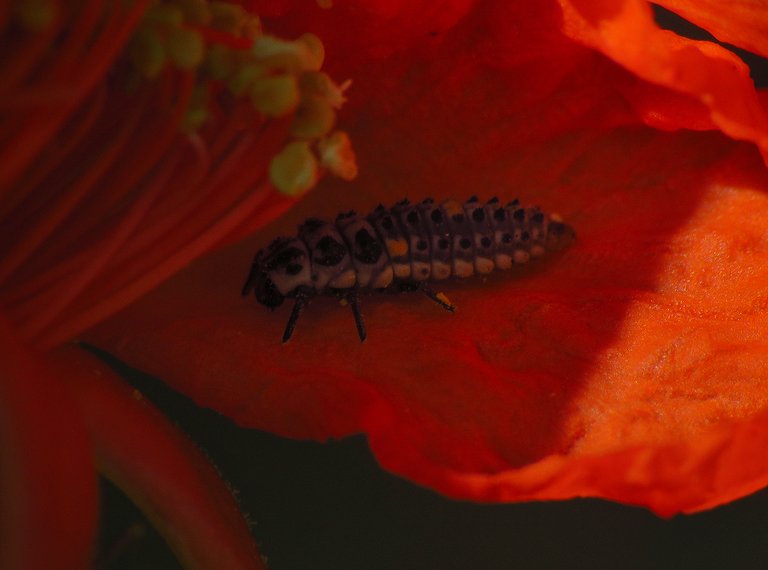
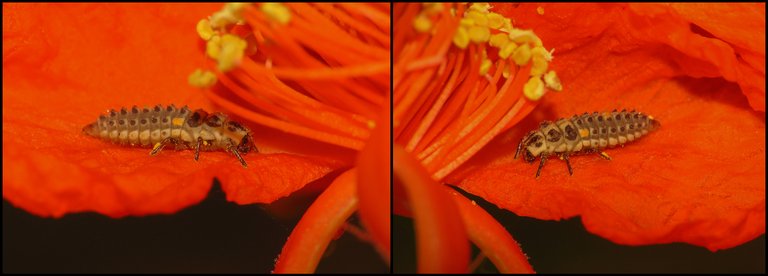
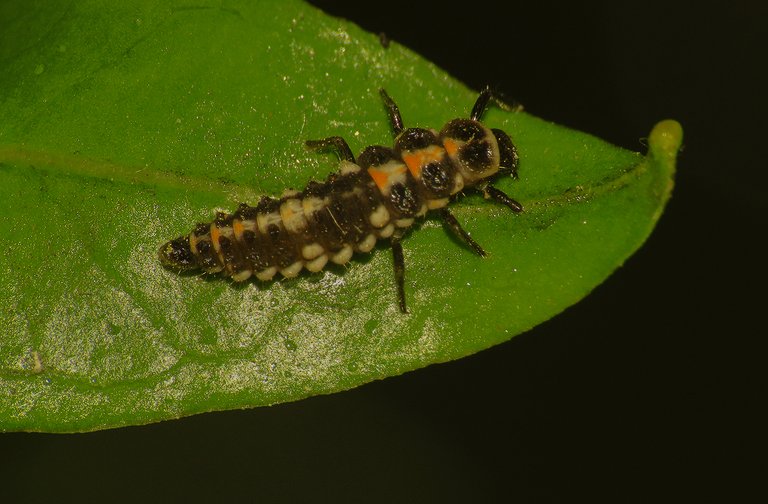
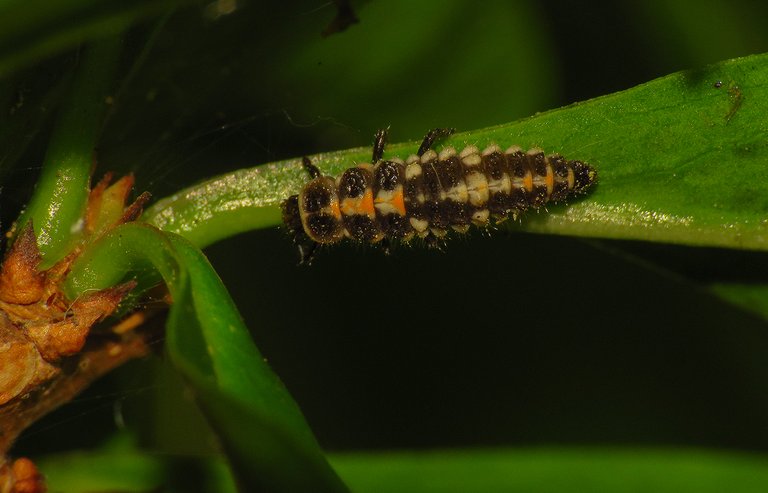
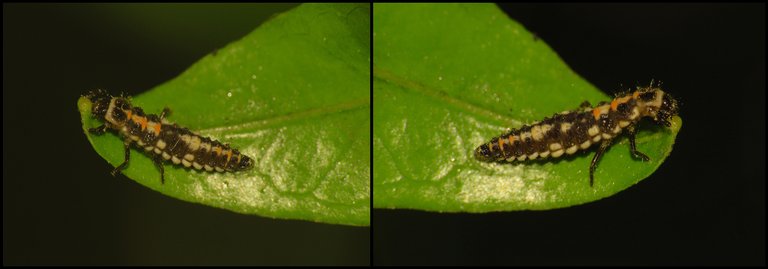
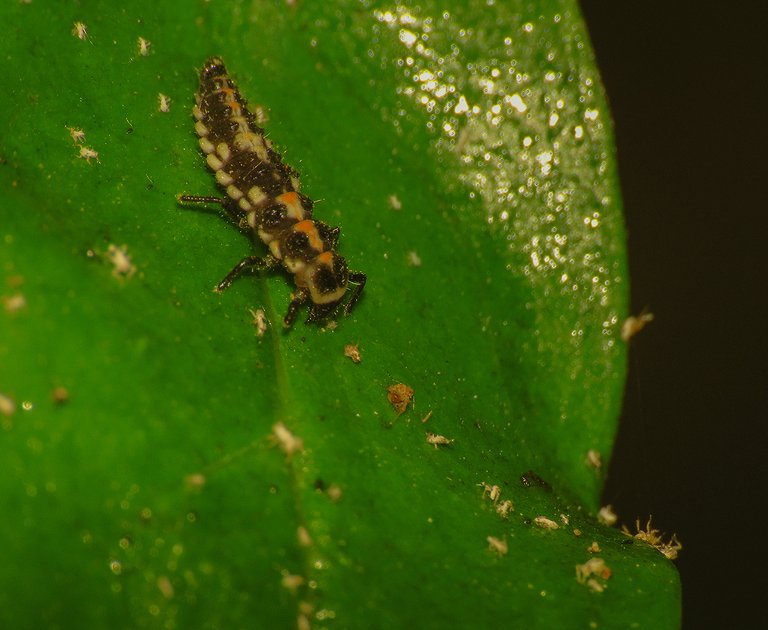
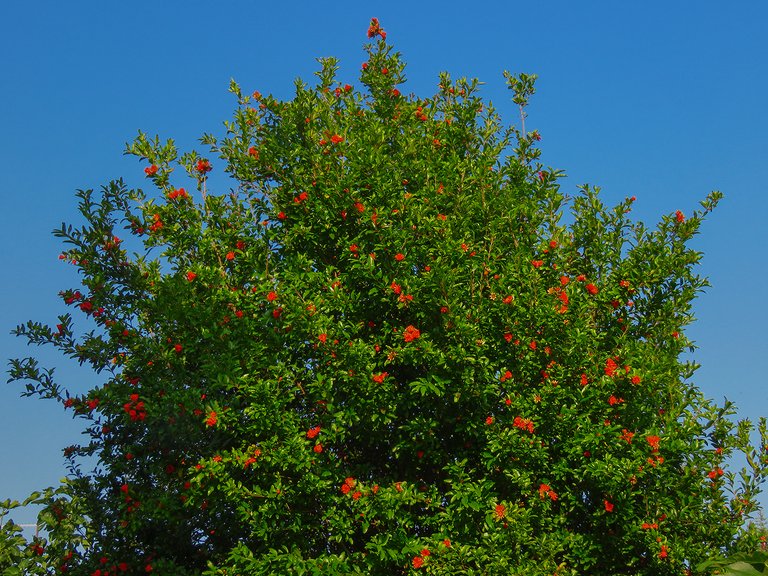
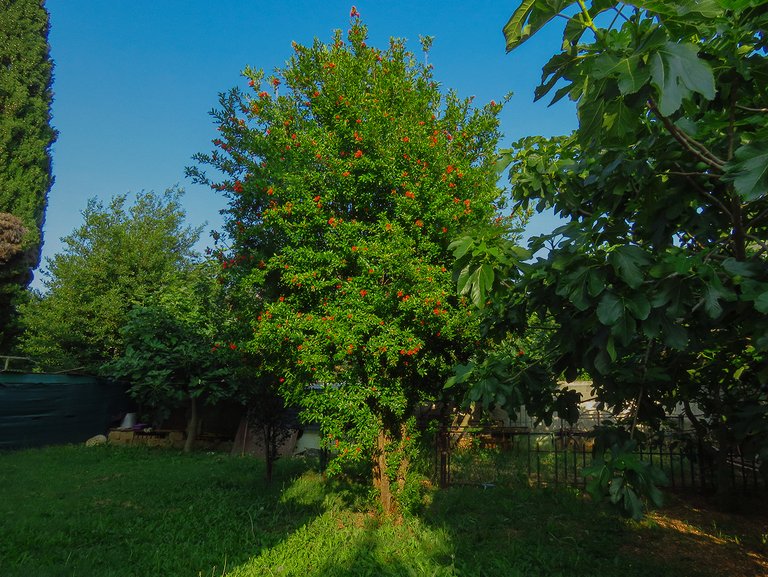
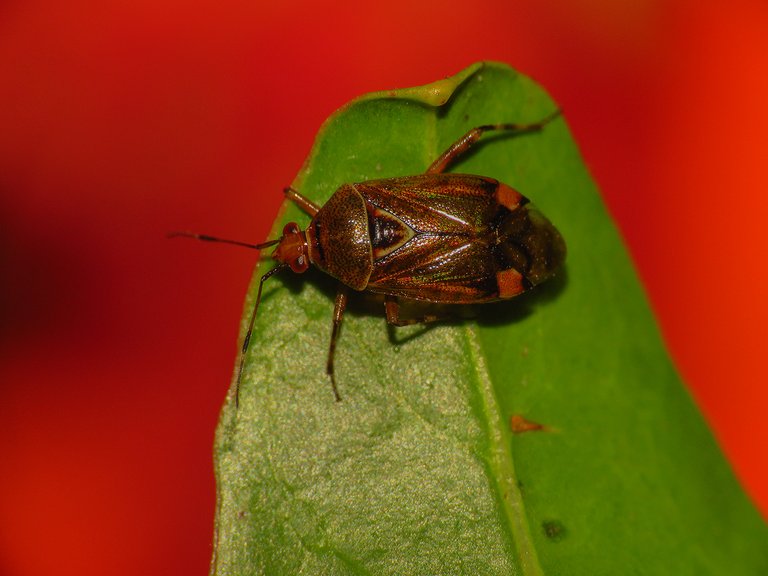
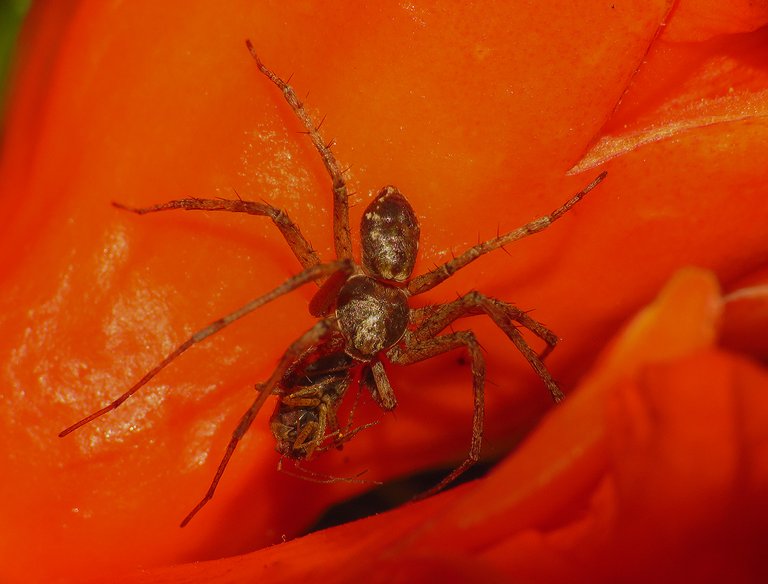
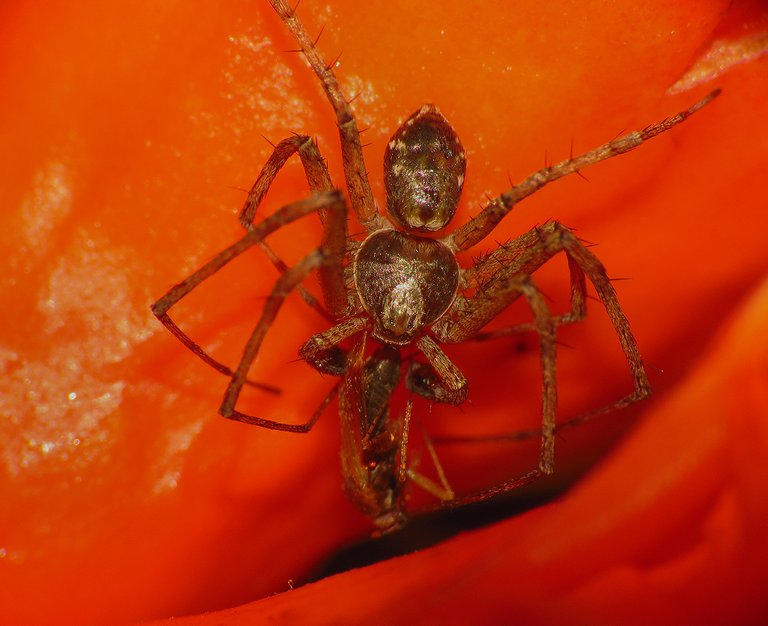
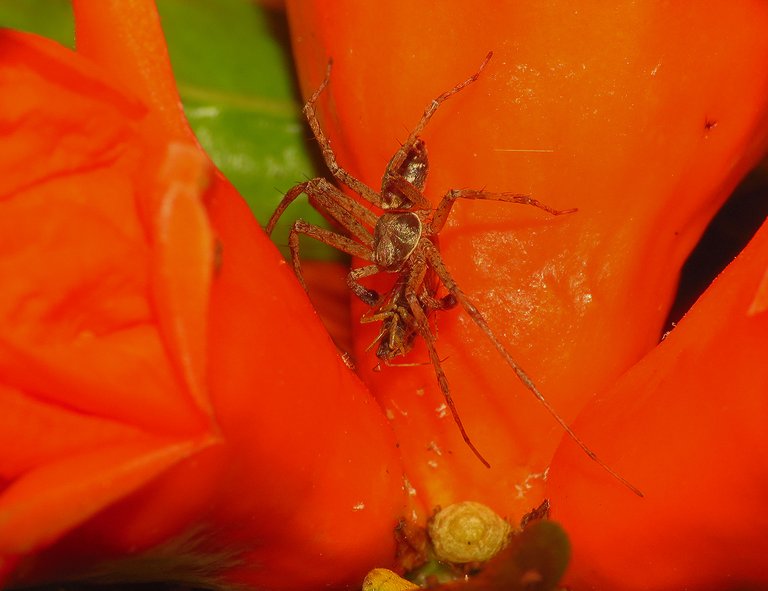
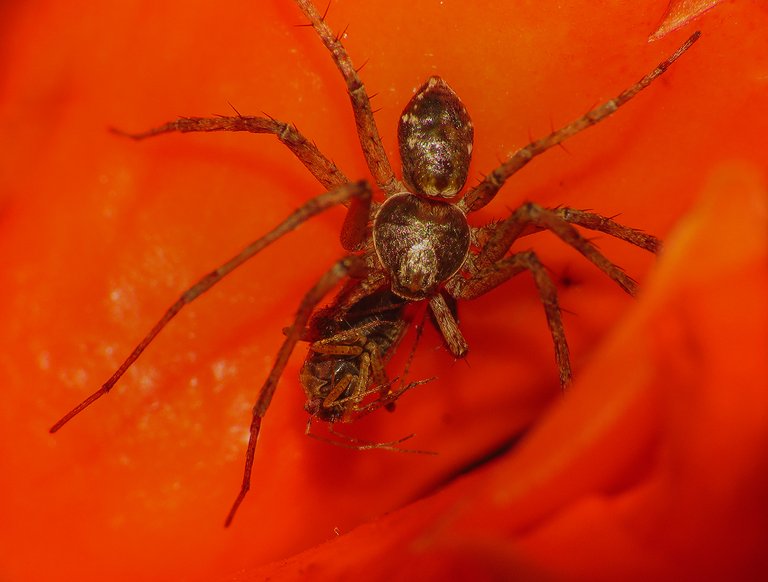
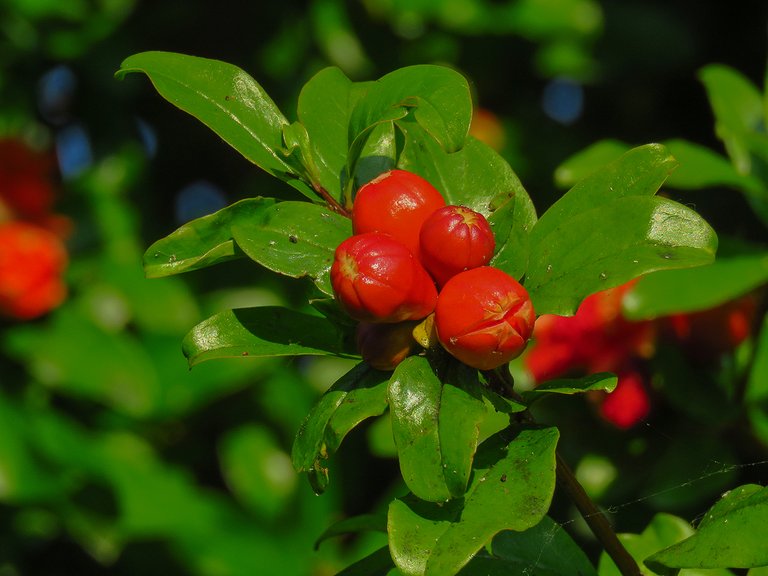
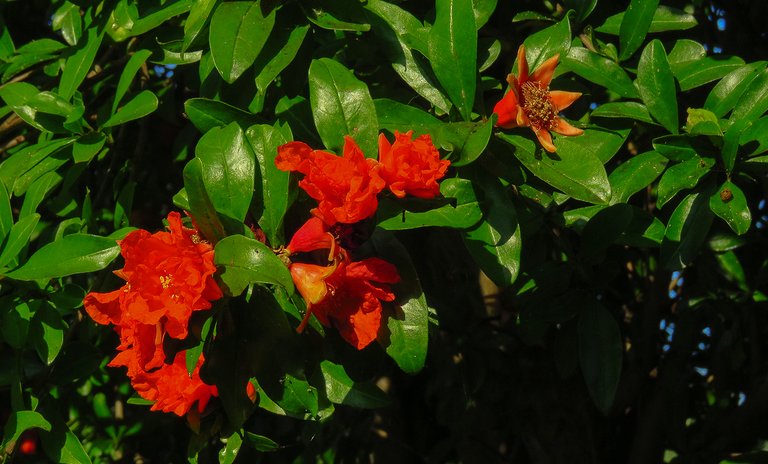
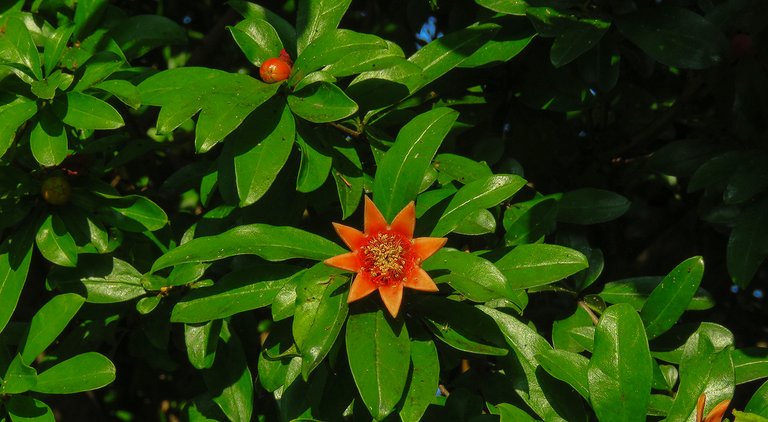
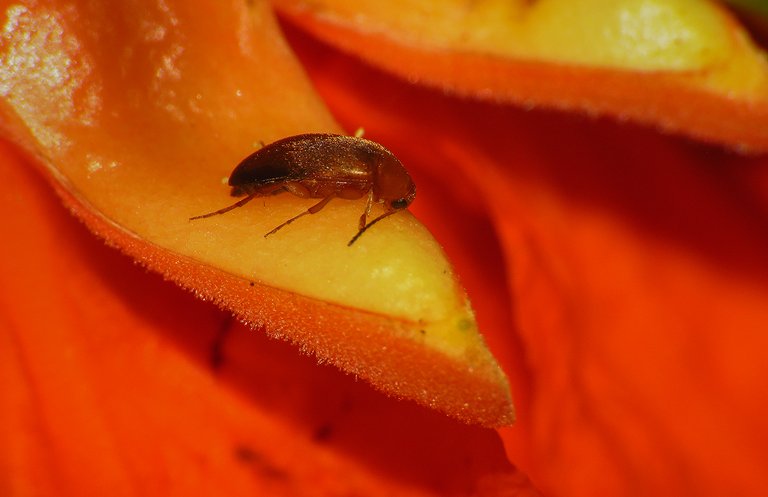

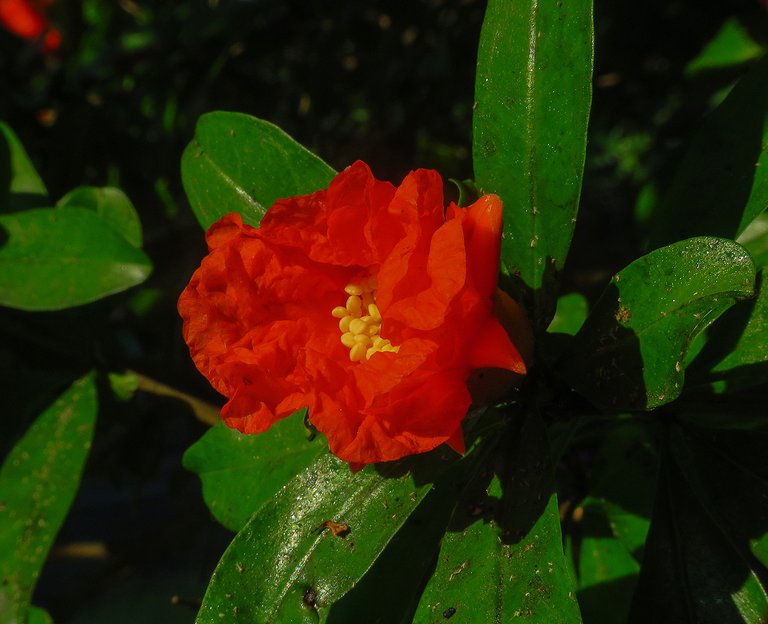
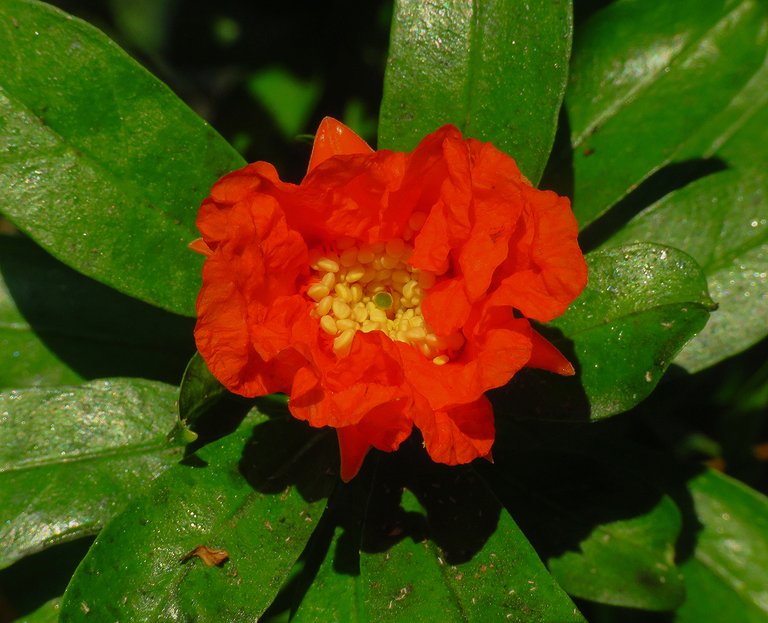
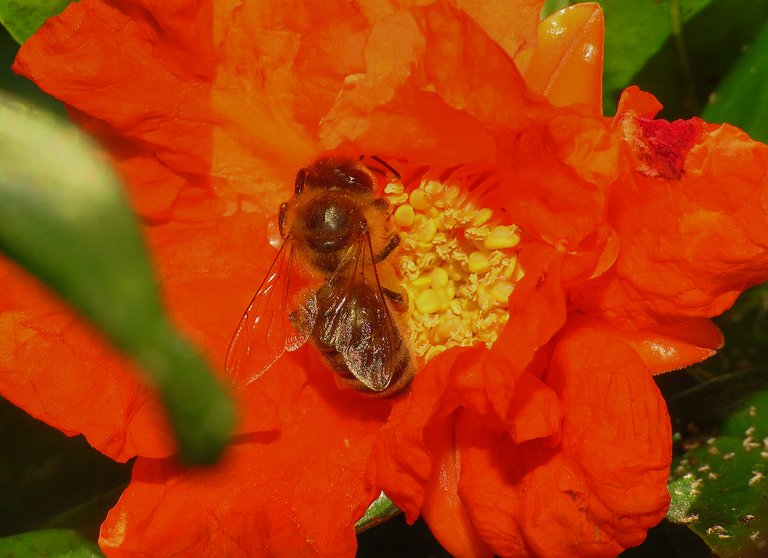
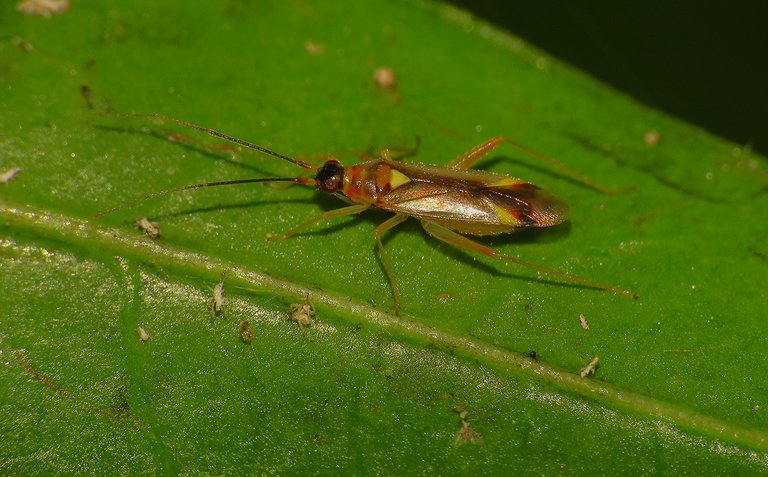

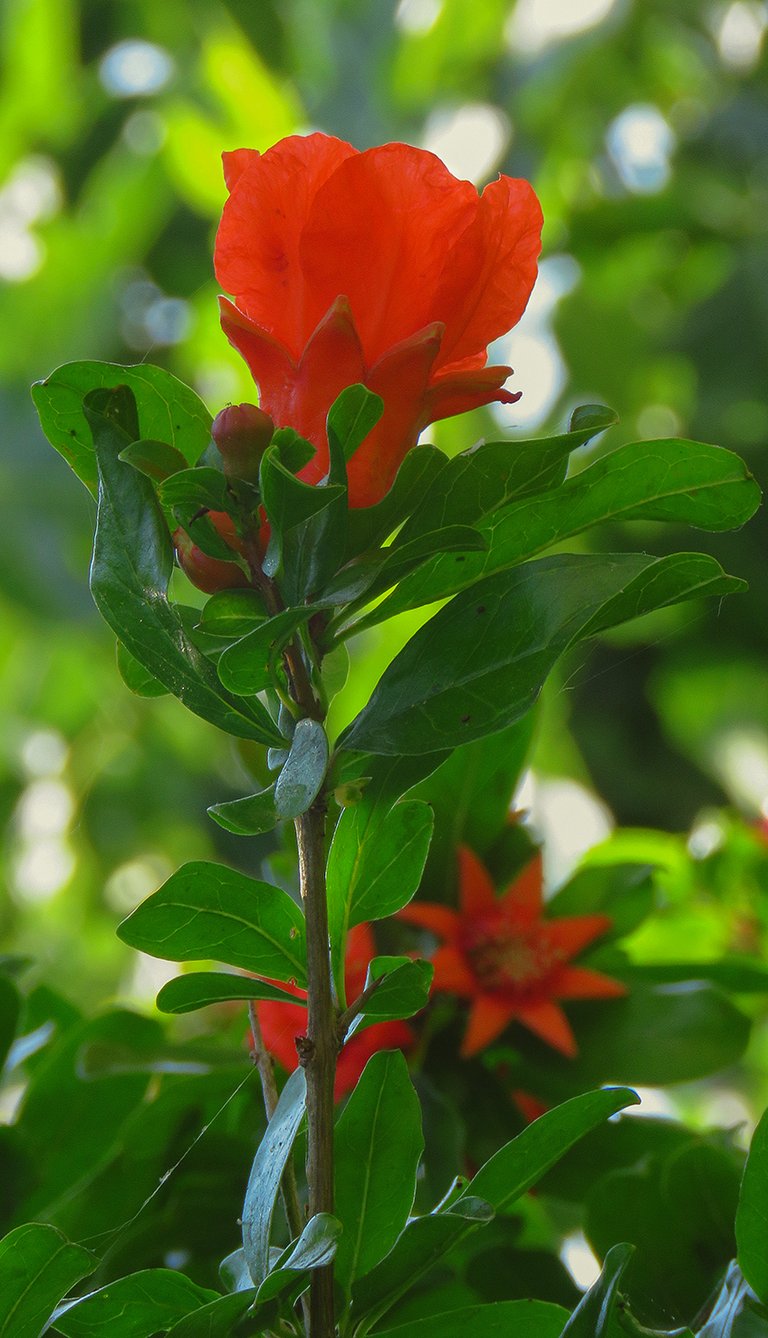
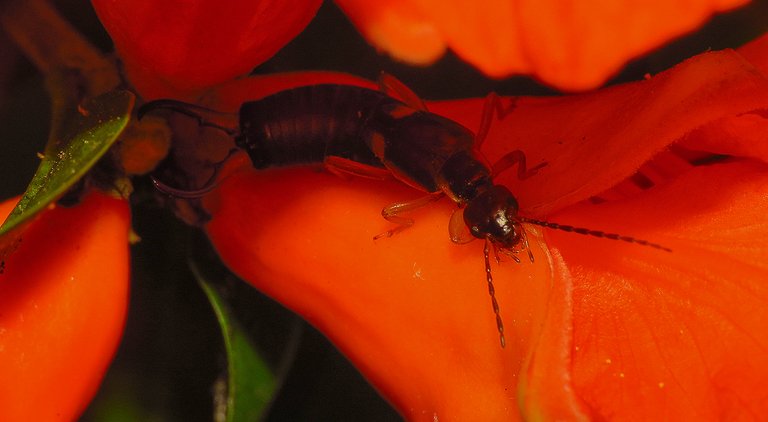

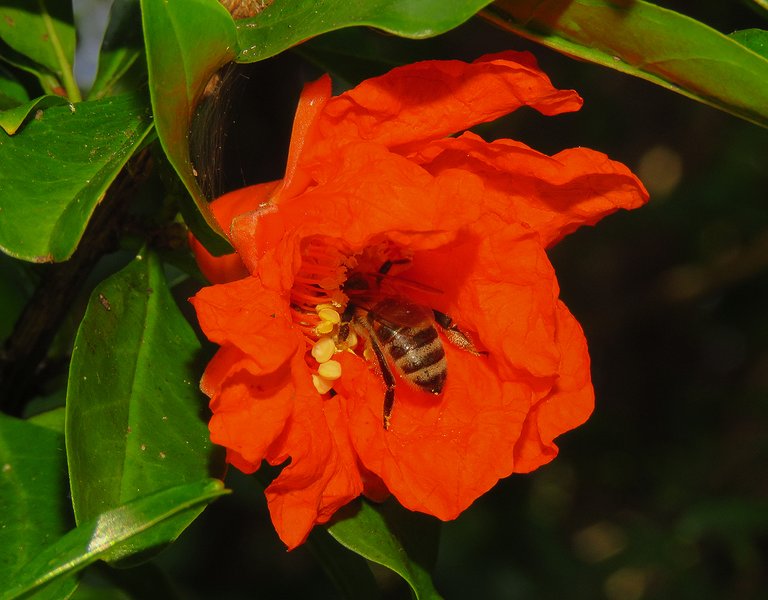
Your photos are top notch and beautiful that I don't resist looking at it. I also took photos of some lovely flowers which io shared in my last post.
Your pomegranate is really looking great indeed
I can how beautiful the flowers is , looking attractive and nice
Awesome photos!
I can see nature taking place in those photos. I can see pollination, I can see a honey bee, I can see a butterfly with wings like leaves - that's actually my first time! - and I can see an insect (predator) grabbing another insect (prey) for feeding. Another bigger insect like a burd might still come around to grab that spider for food and the cycle continues.
Thank you. 🙂 Glad you enjoyed the post. Have a great day.
This are top notch snaps, you nailed it, and the amount of effort you put into taking this images is amazing, they look like images fresh from a photo studio.
🙂
Yea, I love it, thanks
I really liked the carefully taken pictures and descriptions of nature surrounding the pomegranate tree. Everything was presented perfectly.
The feel of nature, life is crucial and I love the way you capture the essence of this image, which is life in nature, we often forget that nature exists, that we abuse it, we don't cherish life in nature, Nice pictures bro
When I look at your pictures, I am reminded of the Swedish scientist Carolus Linnaeus. Because the way you display the pictures to make everyone happy, the Swedish scientist classified plants and animals. Thank you very much for sharing your beautiful pictures. I wish you all the best.
!discovery 30
This post was shared and voted inside the discord by the curators team of discovery-it
Join our Community and follow our Curation Trail
Discovery-it is also a Witness, vote for us here
Delegate to us for passive income. Check our 80% fee-back Program
It’s breathtaking how much life there is in just one tree. Nature is full of surprises right in our own yards!🤗
True. 🙂 With a few plants that can sustain many small animals, one can always have a mini-zoo at hand.
So true! It’s like creating a tiny sanctuary.🤗
@tipu curate
Upvoted 👌 (Mana: 50/60) Liquid rewards.
We appreciate your work and your publication has been hand selected by the geography curation team on behalf of the Amazing Nature AN Community. Keep up the good work!
Thank you. 🙂Glad you like the post.
Wow... Those are some interesting shots, but the spider, bee and flies were so amusing to see. ^^
Thank you. 🙂 Glad you find this macro stuff from my garden interesting.
You're welcome... they're all so fun to see! ^^
It’s amazing how much life and drama happen on just one pomegranate tree. From bees and butterflies to sneaky spiders and clever flies, every creature has a role. I loved how you captured both the beauty and the rawness of nature, like the lady beetles emerging or even turning cannibal.
Thank you.🙂 Glad you found these things interesting. Nature offers interesting animals to observe, even in my yard.
There's a unique poetry in seeing a pomegranate tree in full bloom, its beauty enhanced by the subtle presence of insects, quietly working their magic. Together, they remind us of nature’s intricate and how loving they look, it's always very attractive and cool. I salute your discovery about this plant. Weldone for sharing this knowledge
Thank you. 🙂 Glad you like the post
photos of insects that you have ever really
🙂
You received an upvote ecency
Great capture of the photos,it looks like real photos.It captivates so much the viewers
Thank you. 🙂 Glad you like the post.

You're welcome.blogs which I find interesting deserved a reactions.
I come across this post and it made me to remember how excited I was back then when I stayed with my uncle. Every time I see one, I'm reminded of my uncle’s beautiful garden, where the trees flourished with such care. His garden always had that warm, inviting feeling, and the pomegranate tree was a highlight. It's amazing how something so simple can bring back such wonderful memories. I feel so excited and happy reading through this post, then I must say a big thank you for this my beautiful memories you actually remind me of it.
Thank you. 🙂 Glad the post sent you on a trip through pleasant memories. Have a great day.
I don’t like bugs or insects but you make me like them. Your pictures are that beautiful that you make me feel like having some insects😅😅😅😅 but I won’t😅
😀😂🐞🐞🦋🐞🐞😂😀
Wow, it's amazing how many things were happening all at once in that pomegranate tree!... This is a stunning macro document full of color, thousands of details, and natural drama!... A wonderfully executed piece of work, thanks, @borjan friend, for sharing this!
🔟👍
!PIZZA
Thank you. 🙂 Glad you like this litlle documentary from my garden.
$PIZZA slices delivered:
@jlinaresp(3/15) tipped @borjan
Come get MOONed!
Impressive macro photography work @borjan friend!!!
Some more amazing macro sots. Ii never realized that there could be so many insects in the pomegranate bushes. I used to have some in my yard in New Mexico. They sure have pretty red flowers, and they are awesome to eat when they are finally ready to start bursting open! Great job!
🙂 I was also surprised by how much I found to photograph on that plant.
https://x.com/lee19389/status/1951031476251754588
#hive #posh
though i am new on the hive blockchain, i cant help but notice these nice pics, nice shots
Thank you. 🙂 Glad you like the post. And welcome to Hive.
In summer, we see many different types of insects on trees. They are very interesting and your post about them has always increased our knowledge. They all look very beautiful.
What an amazing post, with a detailed description and a photo of excellent quality! Unfortunately, most people just don't notice insects, and in vain. This is its own separate small world, and it is very interesting. 😀
Thank you. 🙂 Glad you like this macro stuff. Yes, insects are out of sight for most people, and many don't like them when they do notice them. 😀 I always found them extremely interesting, and thaen in the last two decades or so, since I spend a lot of time watching them through the macro lens, I'm totally fascinated by their world. There is so much diversity; so many shapes, colors, and interesting behaviours to photograph. And cool things can be found even in one's garden ... or inside the house.
I was impressed by how beautifully you have portrayed the subtle forms of nature! Both the pictures and the description were amazing.
🙂
👌
Looks like the promegranate tree is a favorite of insects. As expected, stunning pictures!
Thank you. 🙂 Yes, that tree produces plenty of tasty food for various insects.
Congratulations @borjan! You have completed the following achievement on the Hive blockchain And have been rewarded with New badge(s)
Your next target is to reach 12000 comments.
You can view your badges on your board and compare yourself to others in the Ranking
If you no longer want to receive notifications, reply to this comment with the word
STOPCheck out our last posts:
https://x.com/jewellery_all/status/1951718970425594089
Many lot of photos, all photos are amazing. And thank you.
🙂

Can't believe I could find a write up about this amazing tree here, it very beautiful attractive to insect, very colorful and lovely to have in a beautiful compound, the leaves are glossy and narrow with a vibrant green color, they use to turn yellow in the fall.
The height use to range between 5-10ft I could still remember and flowers are large very bright red orange color. I just love the look of this tree. Thanks for this beautiful discovery. I have it in my grandma farms in those days.
Am still new here hope to learn more about New things.
Hello, my dear friend @borja, you are so talented; you captured a nice photograph. You share exciting photos. I really love your hard work.
This is one of the most remarkable photo posts you have ever done ... pomegranate trees are lovely, but the spider and flies having dinner together was stunning ... I mean that spider had truly dug in, but still was a generous dinner host! I felt for the bee, but she was long past all suffering by then! Great post overall!
🙂